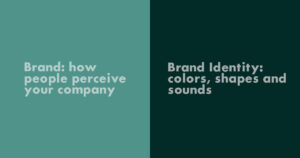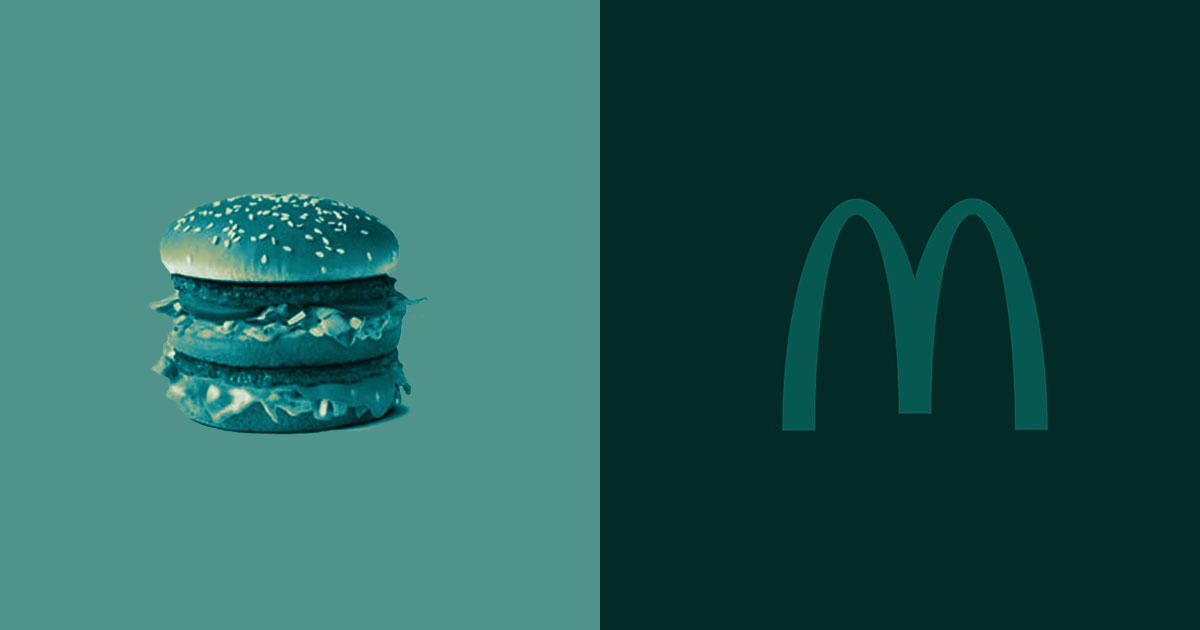8.3.21 | read time: 2.5 min
Brand & Brand Identity: What’s The Difference
Edward Moore
The word “brand” is ubiquitous in the marketing world. And while those of us in advertising spend a lot of time thinking about it, it’s not a word that’s meaningful only in our field. No matter what biz you’re in (or not in), you’ve undoubtedly come across brands in everyday life—they’re pasted across social media, where you grocery shop, and through rows of cars on a lot—and have formed a lot of opinions about them.
For example, some people are Ford people, and others are Chevy people. We have brand affinity, sure, but when you’re talking about a brand, what is it you’re actually saying? Why does anyone like one brand over another?
In the most basic sense, a company’s brand is just experiences and memories. It’s how people feel when they use or think about a product or service. It’s how they would describe their experience or memory of using a product or service.
A company’s or organization’s brand is what people think it is. It’s created from external attitudes. A company doesn’t always get to control its own brand—bummer, right?
The Crisis of (Brand) Identity
Now, a company’s brand is different from its brand identity. A company’s brand identity is generally dictated by the company itself. It’s created by words, colors, shapes, and sounds to remind people of those experiences and memories.
For example, McDonald’s brand is consistency. You know you’re going to get hot, salty, high-fat, high-sugar food and it’s going to be the exact same no matter what McDonald’s you go to. Their whole go-to-market strategy was efficiently making food the same way over and over again to sell it for the least amount of money.
The McDonald’s brand identity is the golden arches and the red and yellow colors. That brand identity is carefully constructed and is always consistent.

Think about how McDonald’s manages their brand identity. They talk about love, they talk about family, they talk about good feelings. They talk about a partner of theirs, Coke—the fiz, the bubbles—because those are things that are true to the experience.
They can tap into not only the experience of eating their food, but the experience of being in the restaurants as a child, or being with your own children.
No business has complete control over their brand. Think of it this way: We don’t have complete control over how good our yard looks, but we do have things and tools to make sure our yard looks as good as possible. We have lawn mowers, and weed control, and soil testing, and aerification and all the things you can do to make your yard look good. If you do all those things, mother nature takes care of the rest.
The Role of Advertising
As advertisers, our job is to look at all the tools we have to communicate what we believe the brand to be. So when a company feels confident that their consumers see their brand in the right way, then it’s a matter of thinking about the colors, typefaces, messages, headlines, and words we can use to communicate how this brand will show up in a consumer’s life and differentiate from its competitors.
If you have a business or organization, and need help with your brand or brand identity, hit us up!

